Physical Oceanography
The projects listed below are examples of how CFOS physical oceanographers:
- Observe and monitor Alaskan oceanographic conditions;
- Provide data and model results that would be critical to oceanic disaster response efforts and ocean climate policy;
- Develop new technologies tailored to conditions in Alaskan arctic and subarctic waters;
- Collect supporting information needed for an ecosystem-based approach to resource management.
 |
A Real-Time Sensor System for Detecting Freeze-up on Arctic Shelves In fall 2015, a moored array measured temperature in the Chukchi Sea and reported data in real time via satellite as sea ice was forming. |
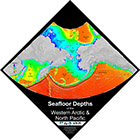 |
Alaska Region Digital Elevation Model We developed a bathymetric dataset that incorporates data sources from Alaskan and Russian waters to improve coverage there. |
|
Arctic Ecosystem Integrated Survey A comprehensive assessment of the northeastern Bering Sea and Chukchi Sea (NEBS/CS) ecosystems. |
|
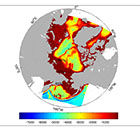 |
Models of high latitude areas such as the Beaufort, Bering, and Chukchi Seas are being developed for oil spill risk analyses, oil spill response planning efforts, climate studies, and scientific studies. |
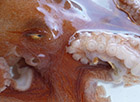 |
Arctic Marine Biodiversity Observing Network (AMBON) A demonstration project of a national network to monitor biodiversity in the Arctic from microbes to whales. |
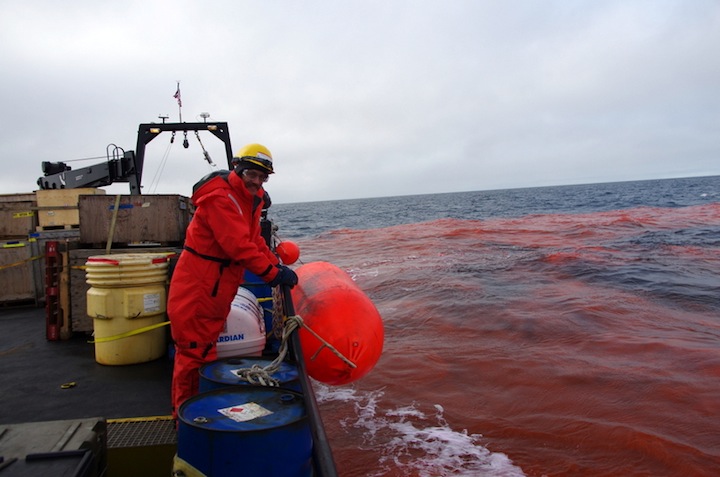 |
Arctic Tracer Release Experiment (ARCTREX): Applications for Mapping Spilled Oil in Arctic Waters Data collected during a dye release study was displayed in real time by NOAA's Environmental Response Management Application. |
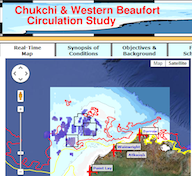 |
Chukchi Beaufort Circulation Study Field studies using drifters, gliders (AUVs), high-frequency radars (HFRs), meteorological buoys, high-resolution cruise surveys, and year-round moorings. |
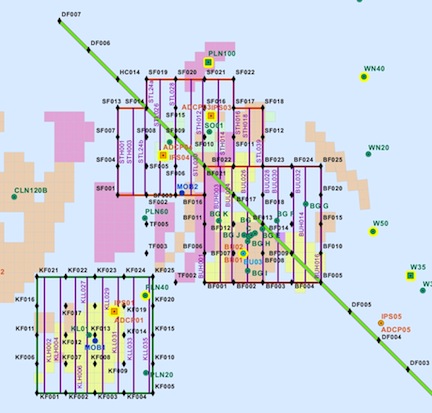 |
Chukchi Sea Environmental Studies Program A multiyear, multidiscipline marine science research program in the northeastern Chukchi Sea. |
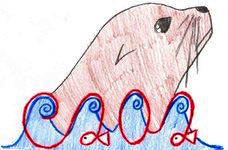 |
Coastal Community Ocean Observers (C2O2): A network of community-driven coastal ocean observations Alaskan coastal communities are collecting oceanographic data in collaboration with researchers at UAF. |
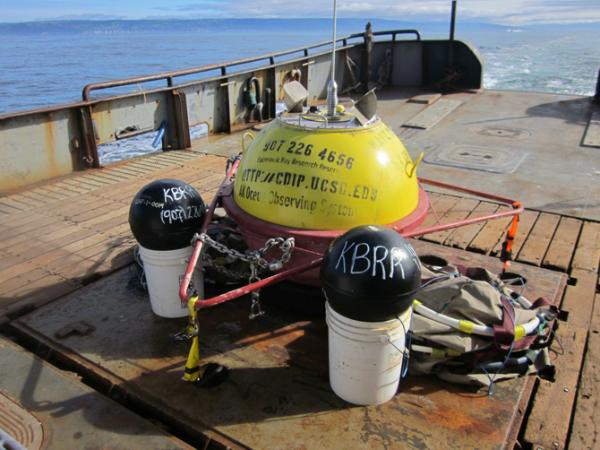 |
Cook Inlet Circulation Studies A field study of the circulation of Kachemak Bay using drifters. |
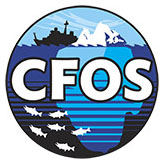 |
Modeling multidecadal cycles of sardines and anchovies using physics, nutrient-phytoplankton-zooplankton, and fisheries. |
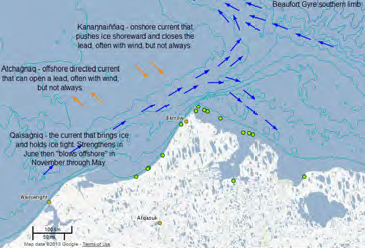 |
Experts Workshops to Comparatively Evaluate Coastal Currents and Ice Movement in the Northeastern Chukchi Sea |
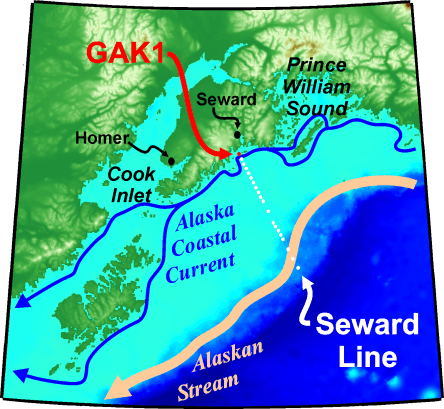 |
A multidecade time series of temperature and salinity at a station at the mouth of Resurrection Bay near Seward, Alaska. |
 |
Developing an individual-based model on the growth and dispersal of early life history stages of Arctic cod and saffron cod for the Pacific Arctic. |
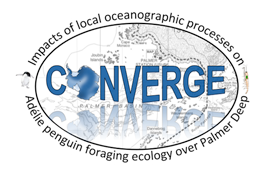 |
Measuring currents using an array of high-frequency radar (HFR) antennas in Antarctica to improve knowledge of penguin foraging. |
 |
Multi-scale Modeling |
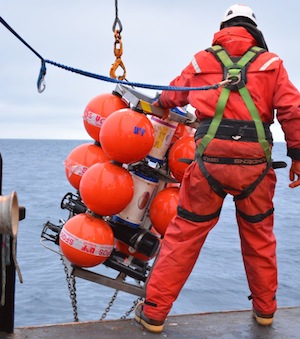 |
NE Chukchi Sea Moored Ecosystem Observatory A Chukchi Sea mooring records physical, nutrient and carbonate chemistry, particulate, phytoplankton, zooplankton, and fisheries data. |
 |
Port Valdez Environmental Studies Program |
 |
Resilience and adaptive capacity of arctic marine systems under a changing climate (RACArctic) |
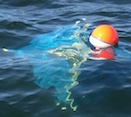 |
We have released hundreds of drifters in the Bering and Chukchi Seas since 2002 with the help of local residents. |
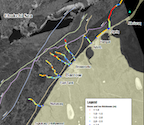 |
Seasonal Ice Zone Observing Network (SIZONET) SIZONet is an interdisciplinary project that implements an integrated program for observing seasonal ice in the context of a changing Arctic. |
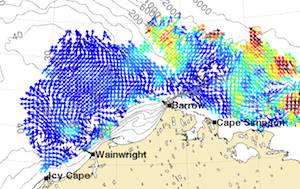 |
Measuring surface currents in the Northeastern Chukchi and Western Beaufort Seas utilizing shore-based High Frequency Radar (HFR) systems. |
 |
Synthesis and retrospective analysis of zooplankton communities for assessing the impact of environmental change in the Arctic Ocean |


